Elysian Annihilator 2023 Review - The Electric Butterfly
The Annihilator has set the standard for top-tier treble performance since its inception in late 2019. IEM reviewer Precogvision takes a look at how it stacks up almost five years later in its latest iteration.
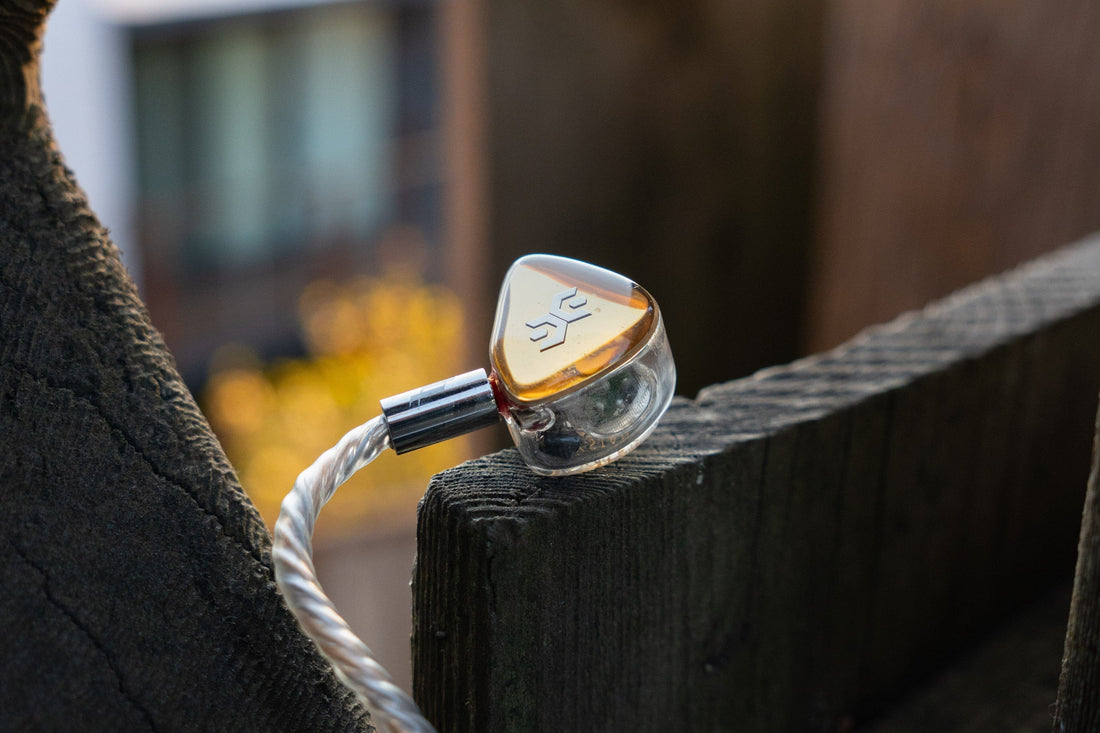
Introduction
At audio shows, there’s two IEMs that I always have to hear again: the Subtonic Storm and the Elysian Annihilator. As far as my ears are concerned, these are the two IEMs that reign on the world stage; my yardsticks whenever an IEM starts straying past the $3000 mark.
Admittedly, both of these IEMs have lived rent-free in my head for years, just itching for me to acquire one. But the Storm has reached unobtanium status following its initial limited release. Basically, a Storm on the secondary market commands the same price ($6000+) as new, if not more, and they’re manufactured in hyper-sparse quantities.
It should be no surprise that my interest started drifting toward the Annihilator 2023 with its more palatable $3000 price tag. The 2023 model is not only the most recent version, but also the most accessible thanks to Elysian scaling its operation to distributors in the last couple years.
When I noticed someone local to me had one for sale...well, let’s just say that I’m no stranger to poor financial decisions. So here we are: the first IEM that I’ve purchased in two years and probably my most impulsive buy ever. In this article, I’ll be sharing a deep-dive at how the Annihilator 2023 stacks up not on the show floor but after over a month of listening from the comfort of my own home.
This unit was purchased with my own money. As always, what follows are my honest thoughts and opinions to the best of my ability.
What we like
- Still has a top-tier (if not best-in-class) treble response
- More U-shaped tuning that is easier on the ears
- Delivers a truly unique experience at the flagship level
What we don’t like
- Bass performance is improved but still not great for $3000
- Soundstage and layering ability could be better
- Shells are large and the build could be more premium
The Tangibles
I bought my unit on the secondary market, so what I received might not be 100% representative of what brand-new retail units include.
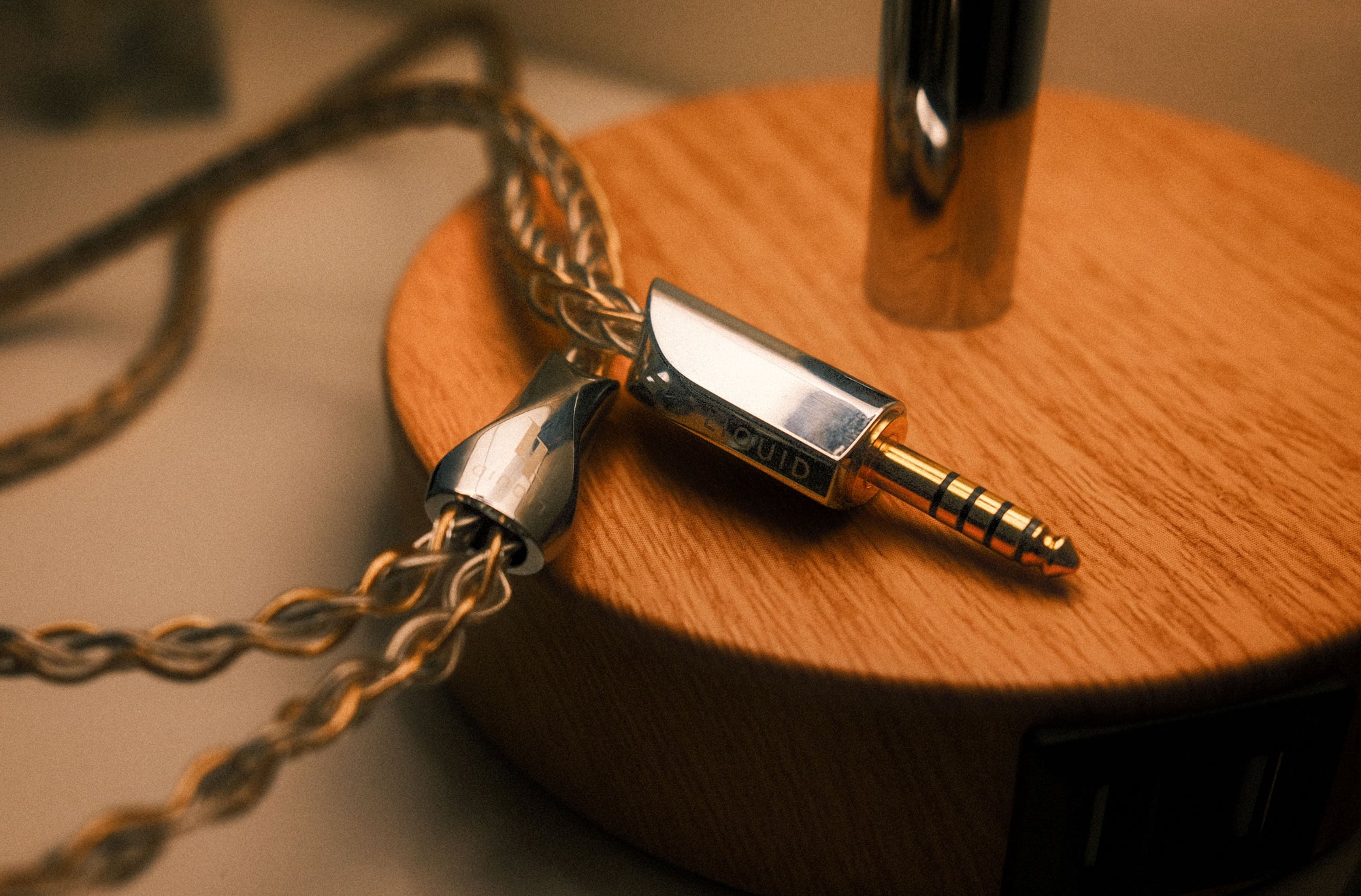
Generally speaking, I haven’t found myself impressed with fancy, expensive cables. I find that most of the popular ones are, in fact, quite poorly built and impractical for daily use. With that being said, Liquid Links is probably one of the best offenders. Between the Conti and the Martini (the cable included with the Annihilator 2023), I’ve found the machining of the hardware (the connector split, connector pins, and termination jack) is immaculate, I’ve never had the wires unwind, and they’re relatively manageable for microphonics. So if I had to buy an expensive cable, I’d be looking at either a Liquid Links or Nightjar one.
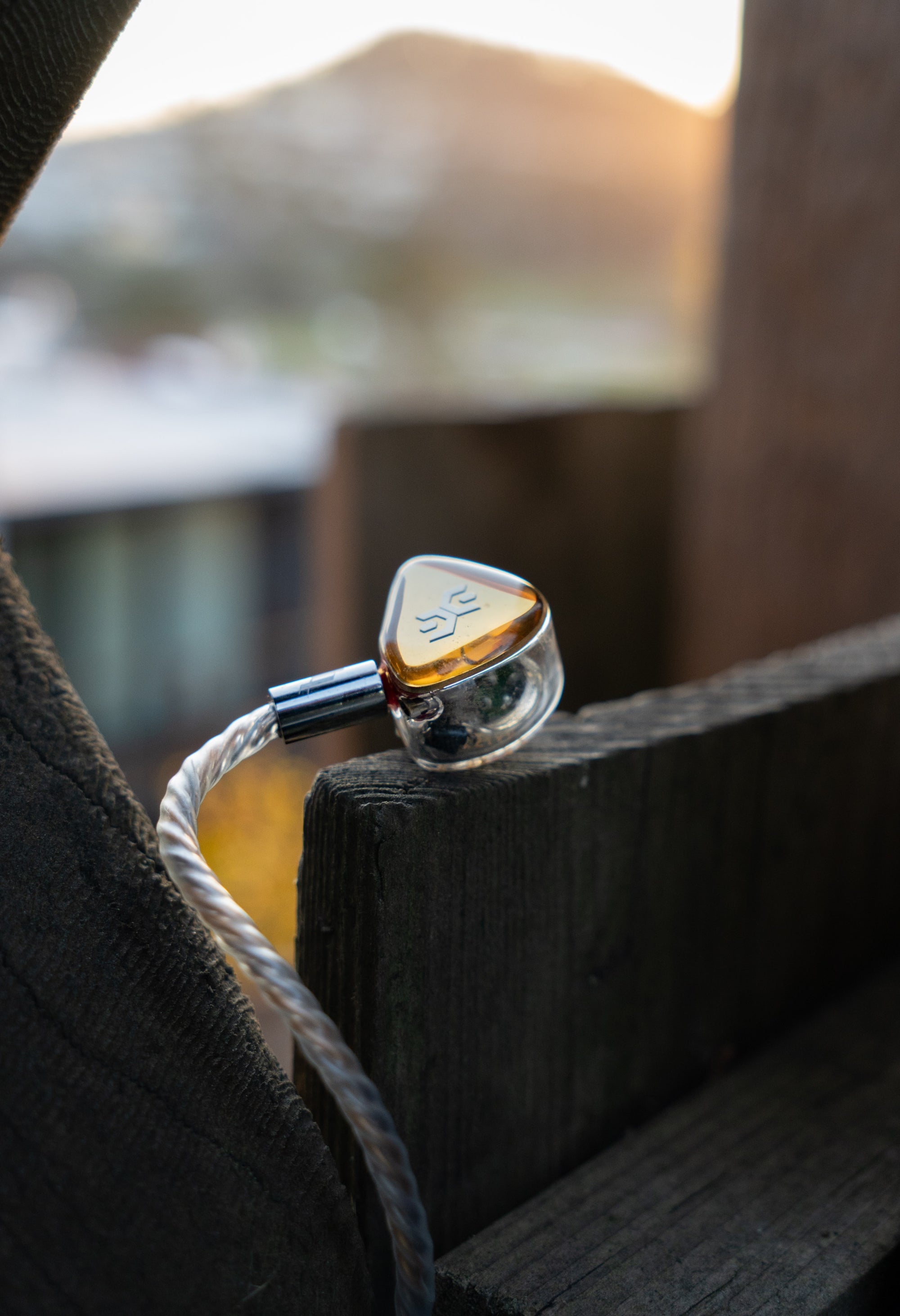
The Annihilator 2023 itself is a large IEM. It sticks out of my ears just slightly, and my friend with smaller ears couldn’t even wear them without them falling out. However, I can wear them for 5+ hours and the ergonomics are quite comfortable. Driver-flex (a harmless crinkling of the dynamic driver) is also a non-issue thanks to venting adjacent to the cable connection point.
The IEM uses resin for the shell and sports updated metal nozzles on the 2023 model. Personally, I wish the build of the Annihilator was more premium (such as utilizing a full-metal body) but it’s usually a trade-off for weight and comfort when it comes to more internally complex IEMs like this.
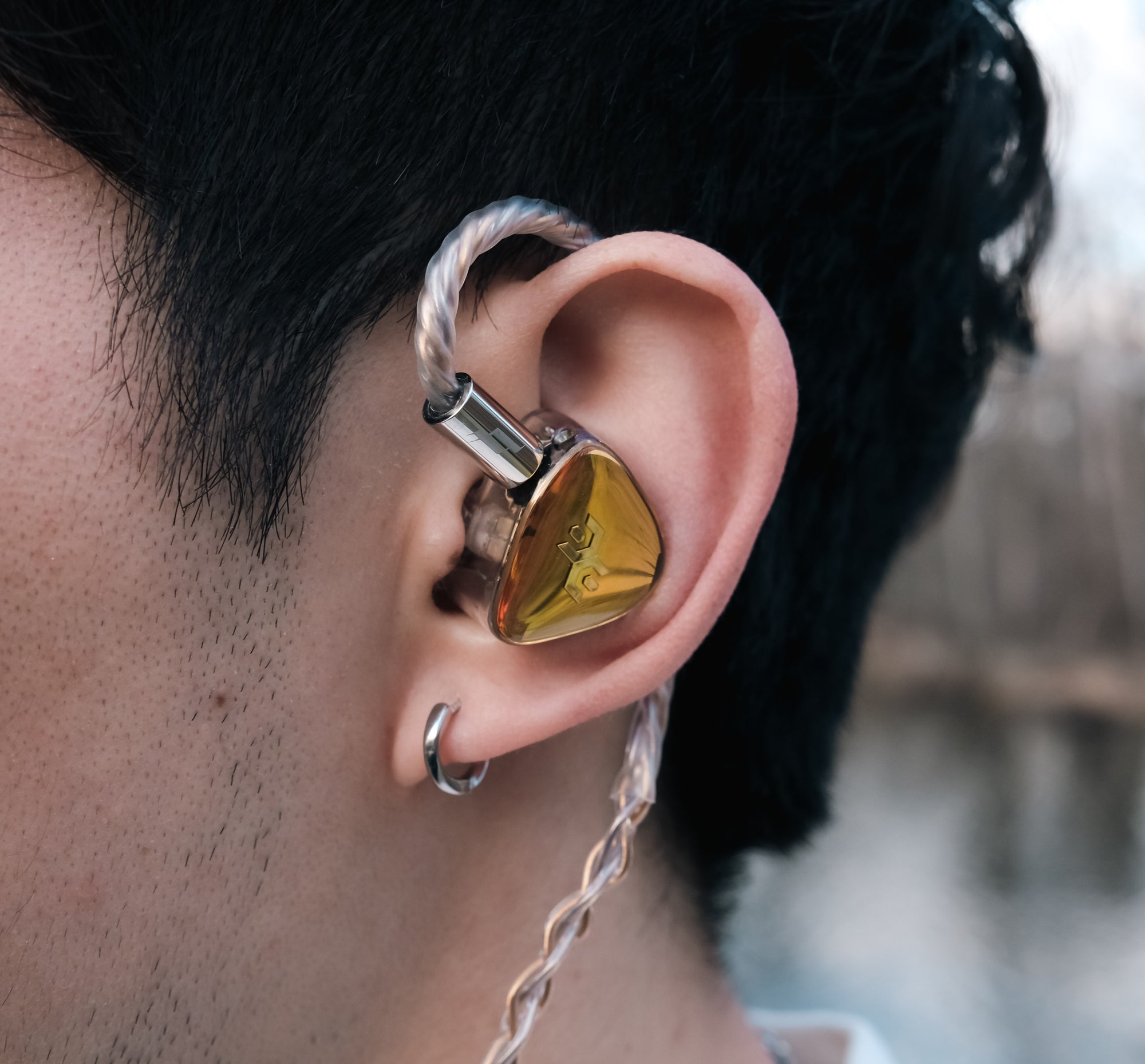
Something to be aware of is that the Elysian IEMs use Pentaconn connectors. These connectors are similar to MMCX in that they rotate 360 degrees. But they’re easier to connect and theoretically more robust. This is great from a functional perspective, but aftermarket cables are a scarcity with this connector type and significantly more expensive.
Sound Analysis
Below is a graph of the Elysian Annihilator 2023 measured off of my clone IEC-711 coupler. The bounds behind the measurement are the bounds of preference outlined in the existing speaker and headphone literature from Harman.
To my knowledge, there are three versions of the Annihilator: the late 2019 version, the 2021 version, and the 2023 version. Past iterations of the Annihilator were not known for their bass; in fact, it was the IEM’s biggest weakness. The best way I can summarize the Annihilator 2023’s bass is “fake it until you make it”. It has additional sub-bass quantity and tilt into 250Hz compared to the 2021 model. This lends to substantial thump and dynamism - it’s definitely fast, ‘slammy’ sounding bass. I get the impression that every drop of performance, and then some, is being eked out of the Foster dynamic driver that’s being employed.
But fundamentally, I don’t find this to be a great driver. I wouldn’t say that transient attack is necessarily blunted, but there’s too much smearing of detail on quicker bass lines for it to hold a candle to the Subtonic Storm’s immaculate control and slam. Yes, the Annihilator 2023 has good bass that sounds like it’s roughly kilobuck-worthy in terms of performance. And that’s nice and all - until you consider that the Annihilator costs three times that. I would consider the Annihilator’s bass more foundational, geared towards creating excitement, than being a standout for these reasons.
Now, when I say foundational, I should explain why I spent a pretty penny on the Annihilator 2023 in the first place. Basically, music that's played from the Annihilator, particularly in the midrange and treble, sounds supercharged and higher-resolution than what you’d hear in real-life.
When I listen to Red Velvet’s “Will I Ever See You Again”, and Wendy enters shortly after Seulgi at 0:20, it’s like I can visualize every transient to her slight opening croak and the short breathes, inflections between each verse. She sounds frighteningly delicate, enough to give me a slight tingle even though I can count on my fingers the times I’ve had that experience when listening to music. And even stacked against the other best IEMs in the world, it's like you had great vision but are now seeing the world with 20/15 vision.
In the midrange, I hear this as being based on a couple tuning features. Notably, these features are subtle enough that I wouldn’t know they were there - at least immediately - if I didn’t have a frequency response to look at.
The first is a recession from 1-1.5kHz. On most IEMs that employ this feature, I find it to be quite exaggerated and not in a good way. But on the Annihilator, it results in more clarity than it does anemic-ness to vocals (make no mistake this is still a thinner, more pulled-back midrange). Then, similarly, there’s a slight bump to 4kHz which adds an extra layer of vibrancy to female vocals and string plucks. To my ears, it’s not in a “sweet” sense like with the Elysian Diva, but more in an “ultra-clear” sense.
Of course, all this meticulous tuning extends to the Annihilator’s fantastic treble response. But describing it as just ‘fantastic’ doesn’t do justice its significance.
To lend more context, the Annihilator was released at a time (late 2019) when the industry at large was struggling to implement the newly-released Sonion electrostatic drivers. Most implementations sounded worse than standard BA drivers and were more about padding the marketing than actually sounding good. But when the Annihilator entered the scene, it basically represented a generational leap: it took the best-sounding electrostatic treble from a metaphorical 5/10 to a 10/10. And when it comes to that 10/10, I’m not talking about just electrostatic treble but IEM treble period.
IEM reviewer Crinacle's article on the original Annihilator probably illustrates this best.
Even five years later and as EST setups have matured, the Annihilator's implementation reigns at the summit. It consists of a predominantly linear response that is preceded by a brief 5-6kHz recession. This feature mitigates sibilance and begets a sense of treble notes flitting out of thin-air. Then, from roughly 10-15kHz, I hear the Annihilator’s treble as being tastefully exaggerated, at least compared to speakers which measure flat.
There's no question that this is a brighter treble response that some listeners might find fatiguing via extended listening, higher volumes, or on particular tracks. But I would never describe it as outright harsh, and it’s what produces that breathy, hyper-detailed characteristic to female vocals and that ethereal sensation to more distant cymbal crashes and shakers.
Yes, I’d also disclaim that none of this is necessarily accurate to what you’d hear in real-life. Maybe you prefer a more smoothed vocal presentation. Maybe you want more initial ‘crack’ to your finger snaps and snares. But to my ears, there's no other IEM that captures the spirit, effortless extension, and fluttering to transients that you'd associate with an electrostatic setup like the Annihilator does. Metaphorically, it's almost like someone fastened butterfly wings to treble notes and then hit those notes with a dash of lightning.

Presentation
I have to emphasize that, for me, audio is mostly about personal enjoyment. An analogy that comes to mind is of the reader who prefers fictional literature. Have you ever read a work of fiction so captivating that you felt as if the author had created their own world and pulled you into it? This is how I perceive the Annihilator. It doesn’t sound accurate, but it sounds believable. It takes this believability to an extremely high degree with the result often exceeding what I’d hear in real-life or from ‘accurate’ sound.
A lot of this believability no doubt stems from the Annihilator 2023’s sense of technicalities. The more W-shaped (U-shaped in actual listening) tuning inherently promotes listening at slightly louder volumes. And unlike the majority of IEMs that fall apart for me when I crank the volume - they either sound too low-resolution or harsh - the Annihilator continues to sound unabashedly crisp and only sounds better.
Likewise, this makes the Annihilator 2023 one of the best IEMs I’ve heard for a sense of macro-contrast. Large gradations in volume pop earnestly, and it feels like the metaphorical engine always has more to give. I would say that this applies less on a micro-contrast level (depending on the source being used) but it’s no surprise that the Annihilator is consistently a top performer on the show floor where louder volumes are commonplace.
If there were a notable weakness to the Annihilator 2023’s intangibles, though, it would be its staging capabilities. They’re only above-average. Specifically, I find a lot of sonic information is pushed upwards and condensed in the center image, wherein I almost have to look upwards with my mind’s eye to visualize something like the vocalist. However, the sides of the stage don’t expand upwards in the same fashion, or forwards and backwards appreciably, despite them being decently wide.
Take a track like Dreamcatcher’s “Fireflies”. This is a track where the vocalists smoothly oscillate between entering from the front and the sides, and the backing instruments are fairly mellow. The Annihilator 2023 makes this track sound fantastic. However, on something like Sawano Hiroyuki’s “A/Z”, which is incredibly dense and almost a wall of sound in the ending passages, it sounds like the Annihilator starts struggling. The detail is all there; however, it’s being squeezed to where you have to focus to localize individual sounds. The bottom line is that the Annihilator 2023’s pretty good in the layering department, but it’s surpassed by world-class performers like the Subtonic Storm and the 64 Audio U12t.

Source Memes
Now, I usually don’t talk about sources very much, but I think it’s valid to share my experience. Similar to some other IEMs with very extended treble, I find the Annihilator is pretty sensitive to sources and to tip swapping (this aspect is measurable). But I prefer using the Apple USB-C dongle ($10) and Truthear’s Shio ($70) to the Questyle M15 ($250) which tends to emphasize the upper-treble (as the Annihilator’s upper-treble is already emphasized).
In essence, for me, sources with the Annihilator are mostly about preference and which part of its sound I’d want to augment. This is a key distinction compared to the Subtonic Storm which seems to “scale” more dramatically with additional power and more exotic sources. To illustrate, I’d prefer the Annihilator 2023 to the Subtonic Storm if I was using the Apple USB-C dongle to drive the IEMs. But using desktop gear, or a dedicated DAP like the HiBy R6 Pro II, I’d definitely prefer the Storm. And I can’t emphasize enough that these thoughts are coming from someone who usually finds differences between sources to be subtle, even negligible.

Comparisons
As for the Annihilator 2021 vs. 2023 comparison, I‘d have to do it from memory. However, my impression is that the 2021 is a more authentic expression of Elysian's tuning. The 2023 adds in more sub-bass and, to compensate, slightly more upper-midrange. This brings it closer to something like Harman, whereas the Annihilator 2021 was more oriented toward Eastern audiences.
How does this play out in actual listening? The 2021 has superior presentation; it sounds more holographic and even sharper, more digital-sounding. Meanwhile, the 2023 has stronger bass and a more natural, coherent presentation. There’s still some disconnect from the softer bass attack contrasted to the midrange and treble’s clarity but it’s not something that distracts me much. It also sounds like you're further away from female vocals. My heart leans toward the 2021 for its uniqueness but, in my head, the 2023 is the better all-rounder.
Another good point of comparison might be the legendary 64 Audio U12T. I’ve spent hundreds of hours listening to this IEM and it’s my longstanding flagship benchmark. First off, I would say that there’s no contest in terms of clarity: the Annihilator handily outperforms the U12T in this department due to the Annihilator’s more conventional upper-midrange and linear treble response. The Annihilator is also definitely more exciting and conventionally ‘slammy’.
As you listen longer and more closely, though, I think the U12T starts punching back. The presentation of the U12T is more conducive to extended listening because it's more open in terms of its imaging and it has a more polite upper-midrange. Additionally, it’s just a better all-rounder: if the Annihilator scores 120% in something, it trades that for 80% in something else, whereas the U12T puts up 90% all-round.
Realistically, the 64 Audio Tia Trio is a better point of comparison. The Tia Trio’s bass is appreciably richer than the Annihilator 2023’s and truly worthy of its multi-kilobuck price tag. Whereas the Annihilator puts more emphasis on the initial sharpness of notes, the Tia Trio focuses on decay and has even more of that hyper-breathy edge to female vocals and that puffiness to treble instrumentation. This is owing to the Trio’s more staggered, sharper treble peaks. I think the Trio can trade blows with the Annihilator - it definitely has superior bass and staging - but its tuning is more quirky and I prefer the Annihilator for extended listening.
Some more recent players on the market that seem to emulate the Annihilator’s style of tuning include the Brise Audio Fugaku and PMG Audio Apex SE. Like the aforementioned Tia Trio, these IEMs are quite bright and sport exaggerated treble peaks. As a result, some listeners might find these IEMs to be more technical-sounding than the Annihilator. But to my ears, the nature of these peaks yields glare and loss of treble detail via auditory masking (where the peaks overlap with one another). That in mind, I find that the Annihilator has the most refined treble response; this is further corroborated with frequency response measurements.
This isn’t to say that these other IEMs don’t have their own merits - particularly the Fugaku when it comes to bass. But it’s to elucidate on why I hold the Annihilator in higher regard for its treble and technicalities compared to these IEMs. This ties back to the ideas I presented regarding believability and reading a good story. An IEM can only lean so far into colored tuning before it begins seeming unnatural and breaks the illusion so to speak.
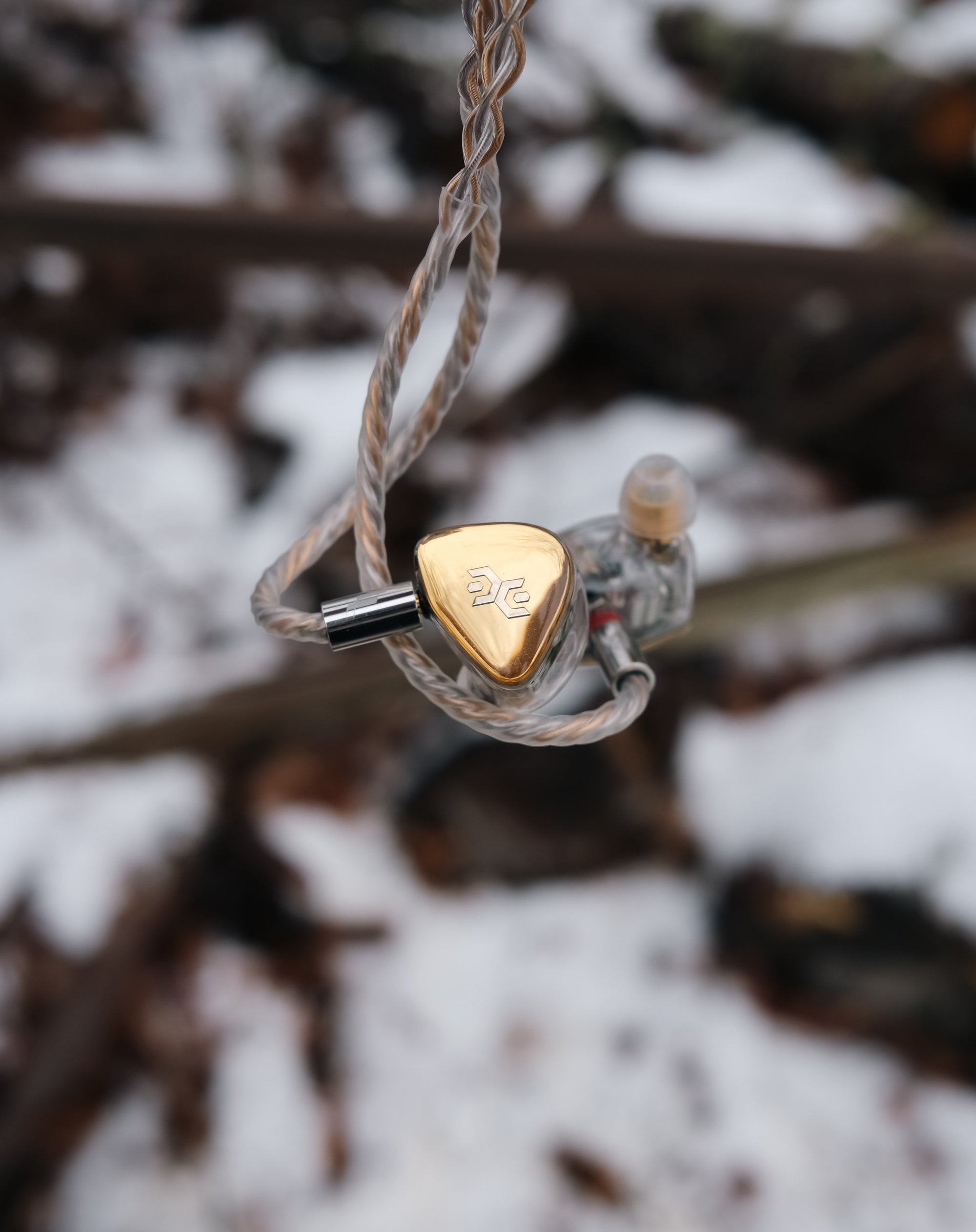
The Bottom Line
The success of an IEM is mostly based on how well it’s marketed; this is a cold, unspoken truth in the audio industry. But there’s a small subset of IEMs that eschew traditional marketing and break onto the scene organically. Then there’s an even smaller subset of IEMs that, when you look back five years later, you realize shaped the course of the industry or leap-frogged their time. The Annihilator is unequivocally one of these IEMs on both fronts.
Fundamentally, I associate the Annihilator with shock-factor. Hearing it was one of my rare, “oh sh*t” moments in this hobby, when I heard something that had me immediately floored. As I alluded to in the comparisons above, the Annihilator opens your ears to the idea of some IEMs exceeding that conceptual 100% we think is possible; it presents you with something you don’t know until you know. But for that same reason, once that seed’s planted, you’re almost left wanting more: the Annihilator’s a double-edged sword, albeit a pretty incredible sounding one with best-in-class treble.
